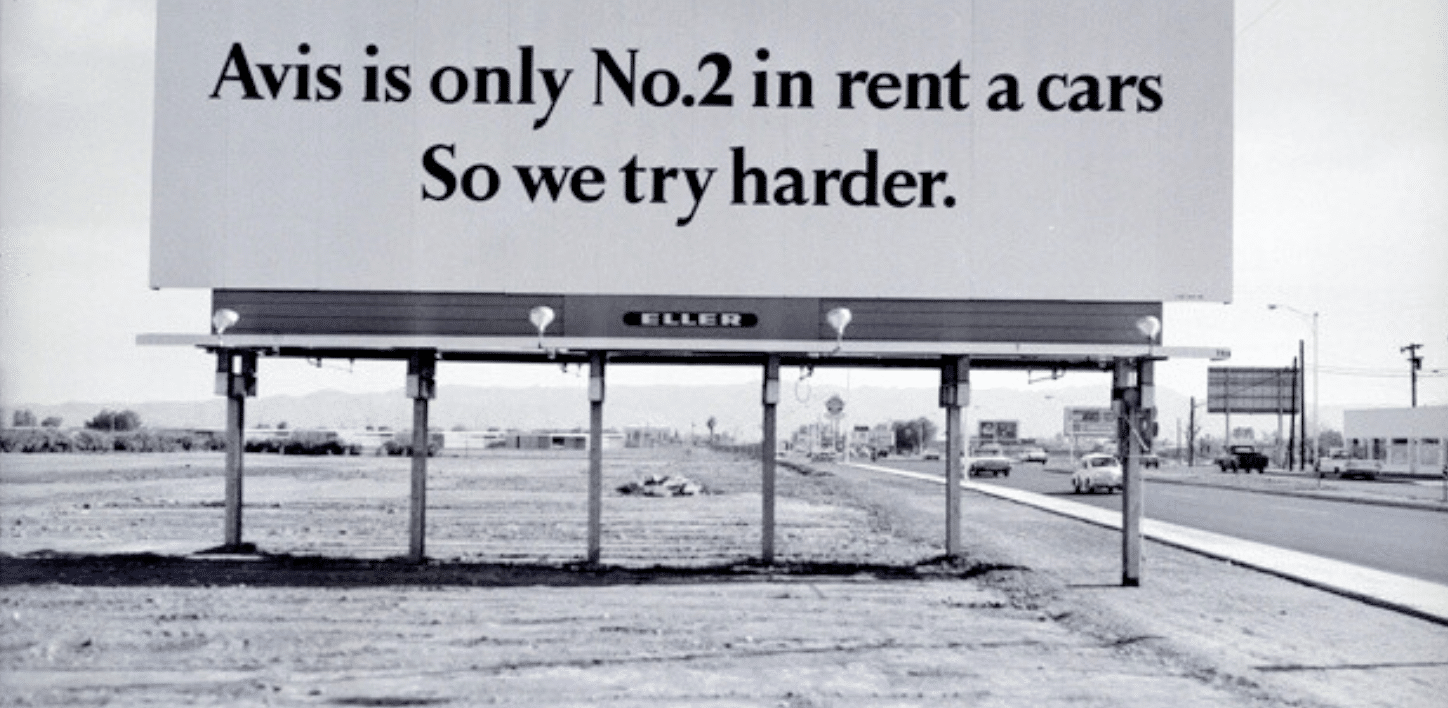
If you’ve been looking into product or interface design, you’ve more than likely come across the terms user interface (UI) and user experience (UX).
There’s been a lot of debate about what each of these concepts brings to the design process. This debate will likely continue as the user-centred design approach continues to mature, but it’s important for you to have a general understanding of what each of these disciplines is about, in order to make the best decisions on what your business needs.
We’re going to explain what UI and UX are, the key differences between them, and, finally, why they’re both valuable to your business.
In this article:
- What is UI?
- What is UX?
- What’s the difference between UI and UX?
What is UI?
A user interface, or UI, is the point at which a human user interacts with a computer system. Every UI you use, including your computer and smartphone, enables you to communicate with the machine running in the background. These tasks can be anything from browsing an application, to entering a virtual reality.
The process of UI design is concerned with designing user interfaces. This mainly done by using colour, imagery, typography and visual elements, to enable users to effectively communicate with computer systems. UI designers will evaluate user’s needs, and build elements to make the interface as intuitive as possible.
Various types of user interfaces have been created to allow us to interact with different machines. The three main types of user interface are command line interface (CLI), graphical user interface (GUI) and voice user interface (VUI).
Command line interface (CLI)
CLI is one of the oldest user interfaces, dating back to the 1960s and 70s. Users could only interact with computers if they understood the machine language, and the process was highly complex. The user would need to type a command, and the computer would respond by producing the desired output, or displaying an error message on the monitor. An example of an input on a Windows computer is:
C:\Users\myuser>cd ..
C:\Users\>cd ..
C:\>
Software developers and system administrators mostly use CLI nowadays.
Graphical user interface (GUI)
GUI differs from CLI because it allows users to interact with computers without needing to understand the machine language. Instead, visual components, such as graphic icons, are used to help users get around an interface.
Apple popularised GUI in 1984 with the introduction of the Macintosh computer. As of today, GUI is the most common type of interface. Most interfaces you come into contact with, from smartphones, to ebook readers, incorporate graphics as a means of communication with humans.
Voice user interface (VUI)
VUI is the newest of the three interface types, as well as the simplest. As the name suggests, VUI removes the need for any UI design, as user’s are able to communicate with computer systems in natural language by just using their voice. The best examples of this are Apple’s Siri and Amazon’s Alexa.
What is UX?
UX is about understanding your users’ journey as a whole, and identifying ways to improve their experience with your products and/or services. The ultimate goal of UX is to help your users achieve their goal with as little friction as possible.
Each user journey covers multiple stages and interactions, so, UX designers will take input from several stakeholders within a business to understand their users. This includes everyone from analysts to marketers, and product managers. Afterward, they’ll use the information they gather to ‘wireframe’. Wireframing is the process of designing a basic shell of what an interface should look like.
Of all the people they collaborate with, UX designers work most closely with UX researchers and UX writers, who are crucial to the design process:
- UX researchers collect data and research about the target user’s needs, to provide insights in the design process
- UX writers work closely with UX designers to write clear and concise copy that will appear throughout the user interface
What’s the difference between UI and UX?
Both UI and UX rely on putting the user at the centre of the design process. However, there’s one key difference that separates the two, and it relates directly to the origins of UX.
The term ‘user experience’ was coined by Don Norman in the 1990s, who is an ex-Apple employee. Norman stated that ‘user experience’ encapsulates an end-user’s entire interaction with a business, including their experience with its other products and services. For example, a customer might go into a supermarket and buy one item. They may be happy with the item they purchased. Regardless, their overall experience will still be affected if the customer service is poor, or, similarly, if they notice that the other items on the shelves are presented poorly.
The idea behind UX is considering the overall emotional response to a user journey. Meanwhile, UI is purely concerned with the aesthetic aspects of a journey and how visual elements can bring about positive reactions. This difference is the reason why both UI and UX are important to designing a great user journey. The combination of both perspectives enables you to create a well-rounded experience for your users.




